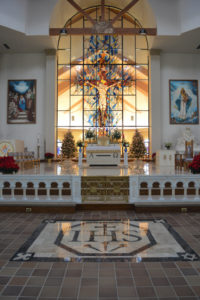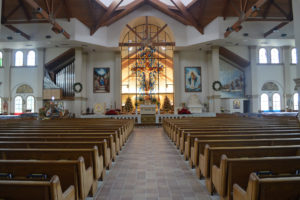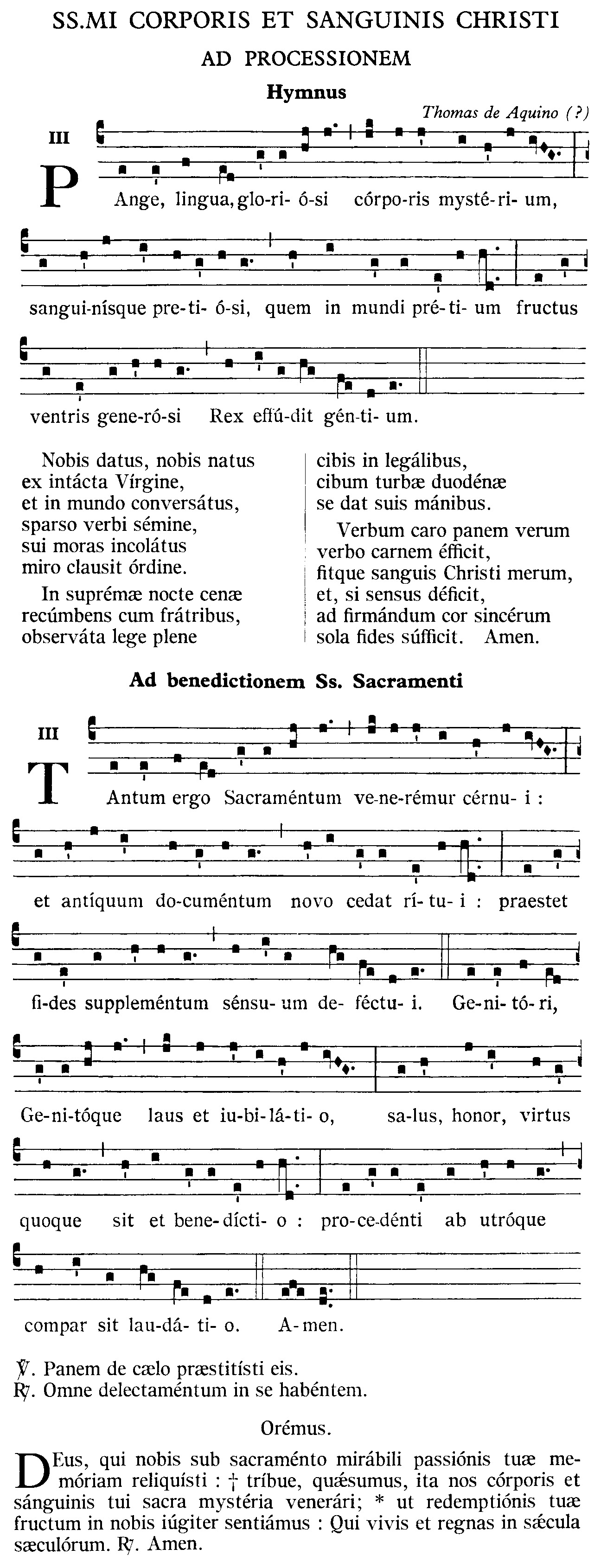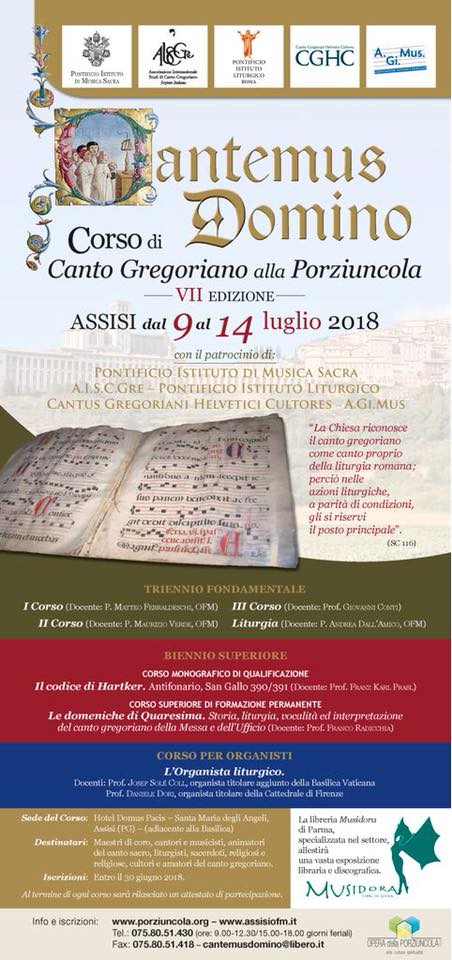Ant. ad introitum Cf. Ps 26, 7.9
Exáudi, Dómine, vocem meam, qua clamávi ad te.
Adiútor meus esto, ne derelínquas me,
neque despícias me, Deus salutáris meus.
Collecta
Deus, in te sperántium fortitúdo,
invocatiónibus nostris adésto propítius,
et, quia sine te nihil potest mortális infírmitas,
grátiæ tuæ præsta semper auxílium,
ut, in exsequéndis mandátis tuis,
et voluntáte tibi et actióne placeámus.
Per Dóminum.
Super oblata
Deus, qui humáni géneris utrámque substántiam
præséntium múnerum
et aliménto végetas et rénovas sacraménto,
tríbue, quǽsumus, ut eórum
et corpóribus nostris subsídium non desit et méntibus.
Per Christum.
Ant. ad communionem Ps 26, 4
Unum pétii a Dómino, hoc requíram,
ut inhábitem in domo Dómini
ómnibus diébus vitæ meæ.
Vel: Io 17, 11
Pater sancte, serva eos in nómine tuo,
quos dedísti mihi, ut sint unum sicut et nos, dicit Dóminus.
Post communionem
Hæc tua, Dómine, sumpta sacra commúnio,
sicut fidélium in te uniónem præsígnat,
sic in Ecclésia tua unitátis operétur efféctum.
Per Christum.
© Copyright – Libreria Editrice Vaticana
Messalino in PDF con letture in lingua italiana (da stampare su fogli A3 fronte/retro)






